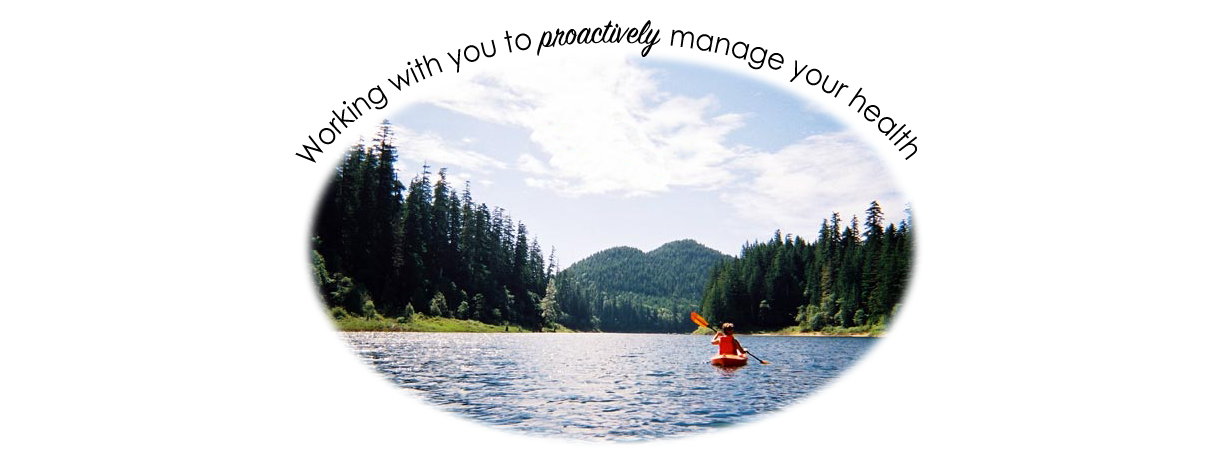Well there has been a lot of buzz about Mammography lately. It actually hit the NY times and the Journal of the American Medical Association (MD’s Bible).
For years I have been concerned about the inaccuracy of Mammograms, the exposure of radiation and the trauma to the tissue. Mammograms are notoriously inaccurate. There are stats, depending on who you read, that say that mammograms have a 65% -80% false positive rate…ie something shows up but when biopsied is normal. All that emotional and physical trauma and expense. More distressing is a 25% – 40% false negative in pre-menopausal women and 10% for post menopausal women. ie there is something there but it was not caught on the mammogram.
The purpose of mammograms is to catch tumors in the early stage and treat them with an outcome of less spread and death. Well again the stats do not support this outcome. According to the JAMA article, mass screening increased “the burden of low-risk cancers without significantly reducing the burden of more aggressively growing cancers and therefore not resulting in the anticipated reduction in cancer mortality” (Esserman 2009). Another study in Australia took one group of women and did a mammogram every year for 6 years. The second group of women got a mammogram year 1 and year 6. They found 22% more tumors in the yearly mammogram group. Their conclusion… perhaps we are over diagnosing tumors that would regress on their own. I also wonder about the increased radiation exposure to the breast tissue. In a report by Ralph Moss, he points out for every mammogram done before menopause there is an increased risk of breast cancer by approximately 1% due to radiation exposure to estrogen sensitive tissue. We know premenopausal women have denser breasts and therefore it would be harder to detect a tumor so why are we doing it?
All of this points to how important it is to do a monthly self breast exam (sbe). If you are doing monthly exams you will become familiar with your breast. If you have lumps or bumps as most women do, a monthly exam will let you know if they are changing. If you do find something, I recommend doing an ultrasound first and if you need to then do a diagnostic mammogram. An occasional mammogram to diagnose something that you have found is much less risky than doing an annual screening mammogram that does not give better outcomes.
I have seen hundreds of women with breast cancer in my practice. I did a residency at Cancer Treatment Centers of America and I teach my patients how to do a good self breast exam and what to look for. I also have them do castor oil massage to the breast a couple times per month. The castor oil moves the lymph out of the tissue. Lymph carries toxins. the caster oil also helps with breast tenderness associated with the menstrual cycle.
Please do the sbe every month. I tell my patients my job is to teach them how to take care of themselves. Remember you are the only person in charge of your health. Be informed and take charge.
be well
Dr. Cynthia Bye,
360-695-8800
